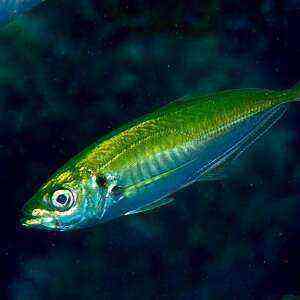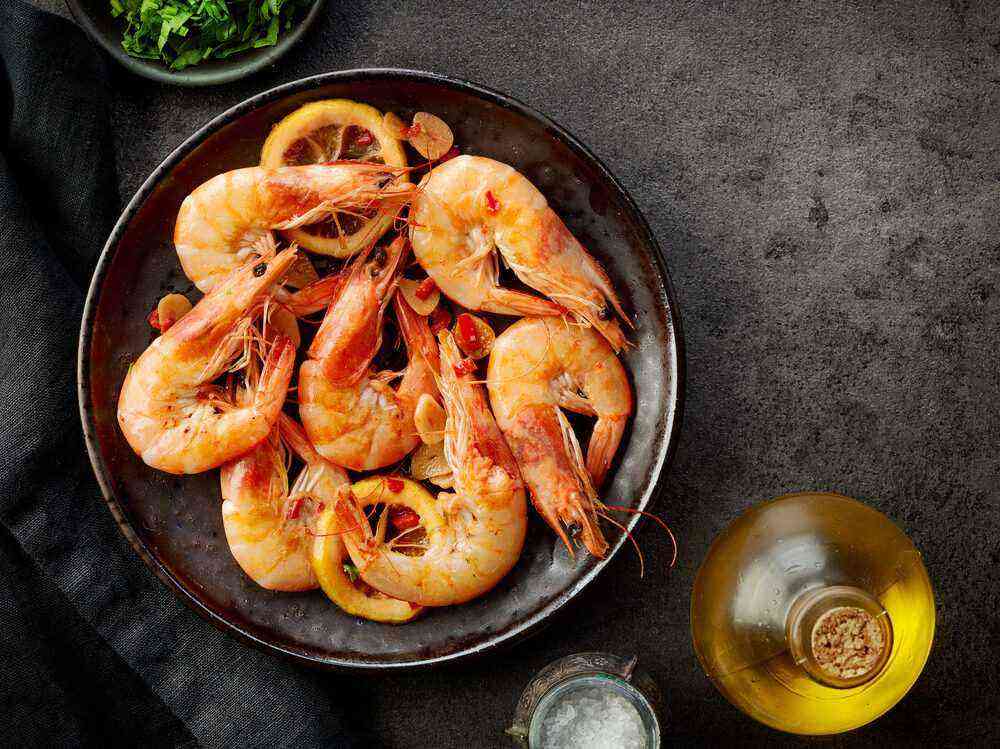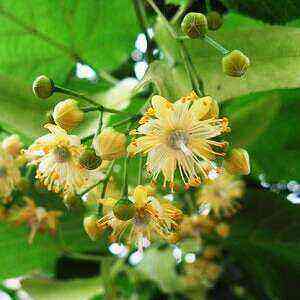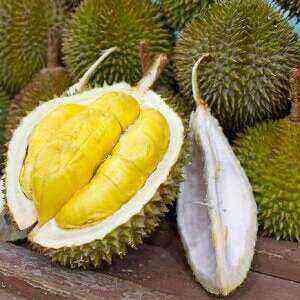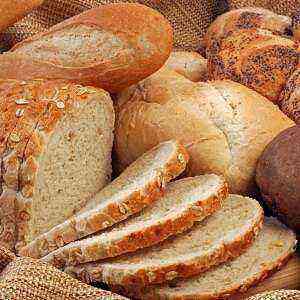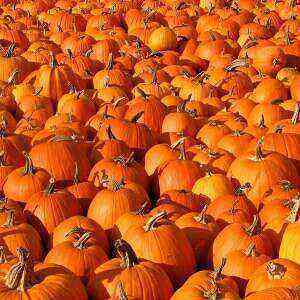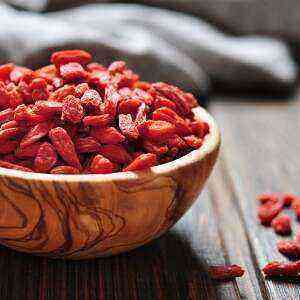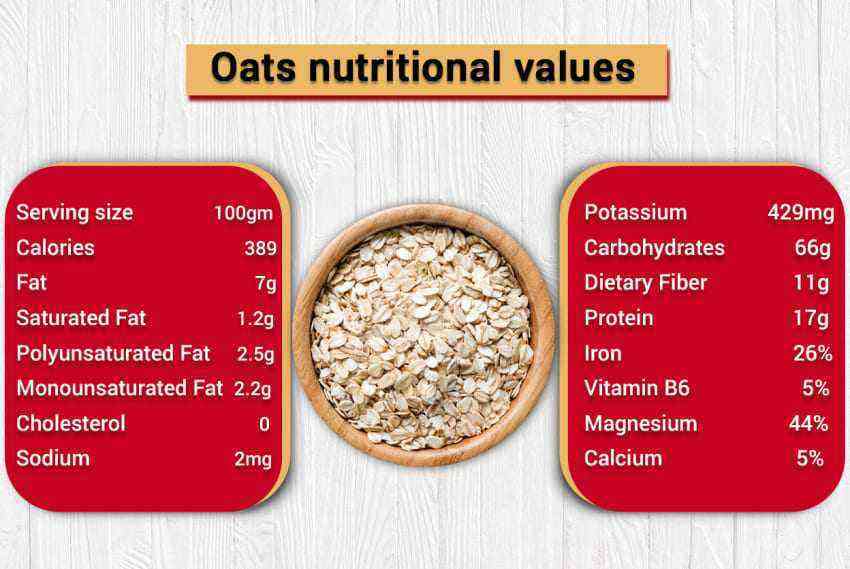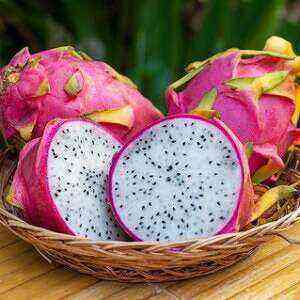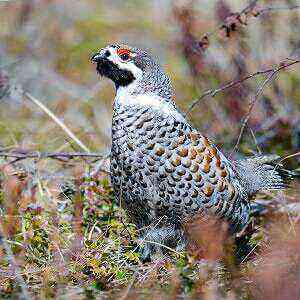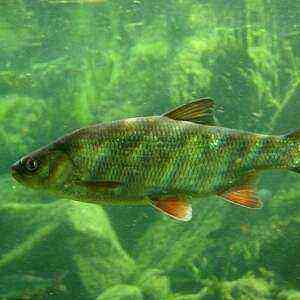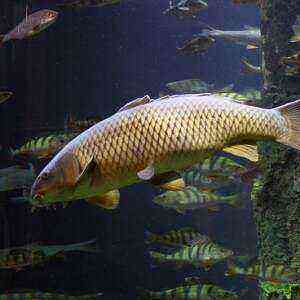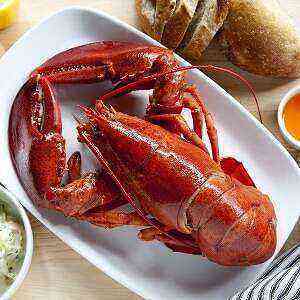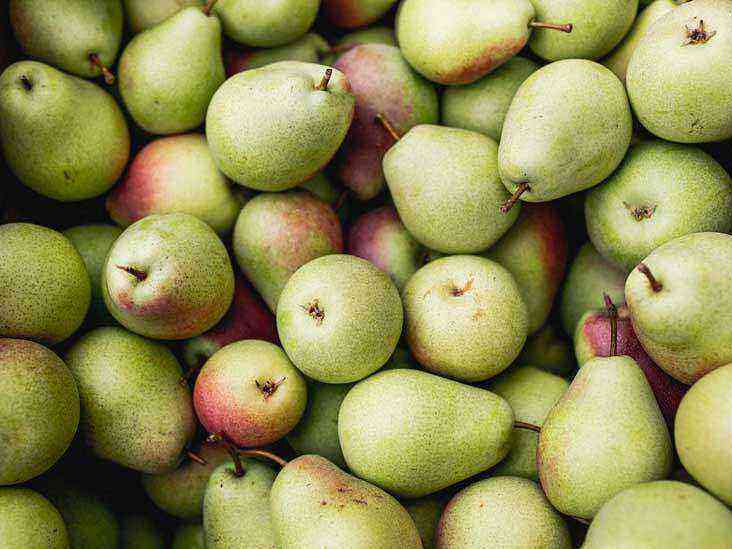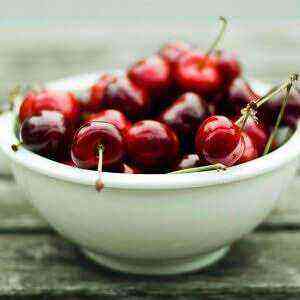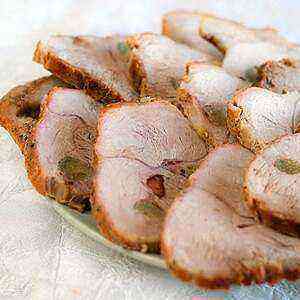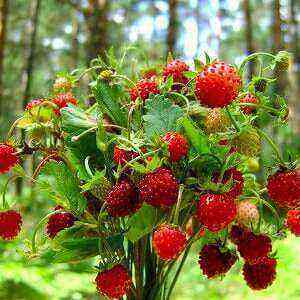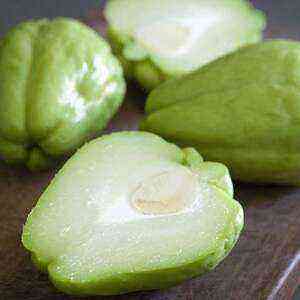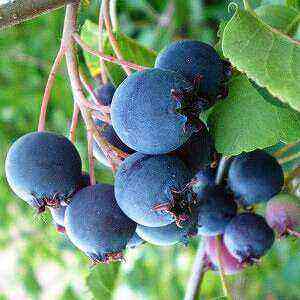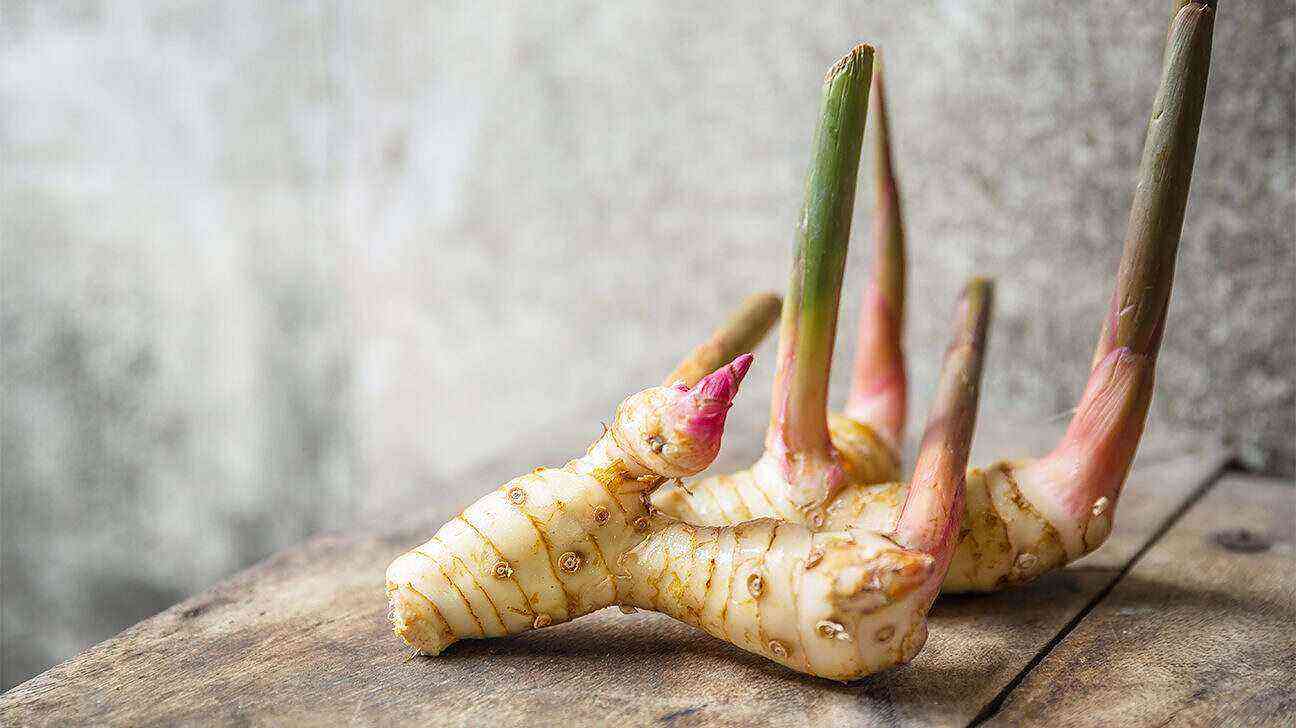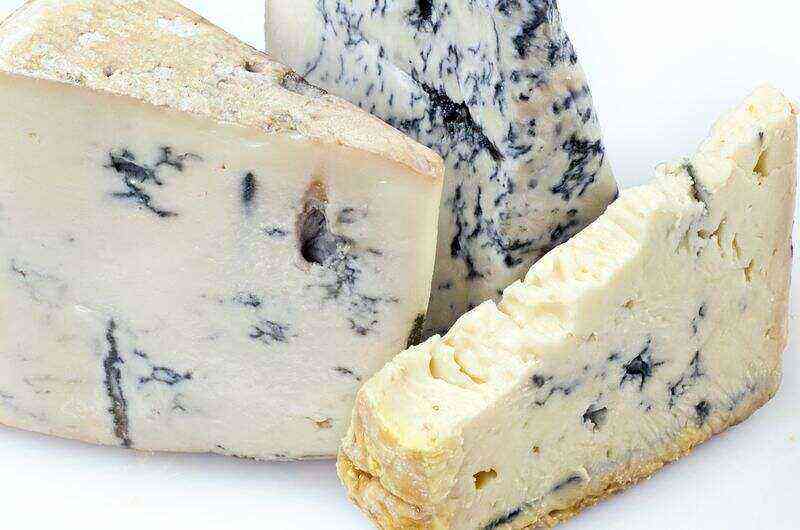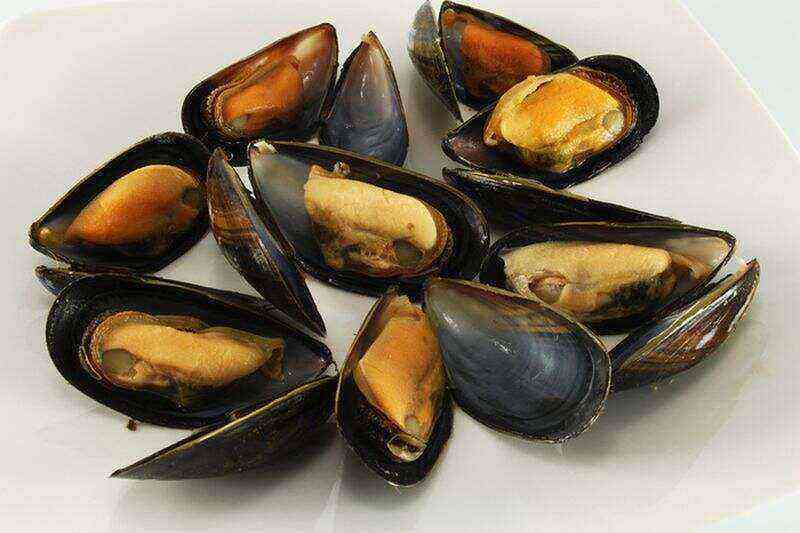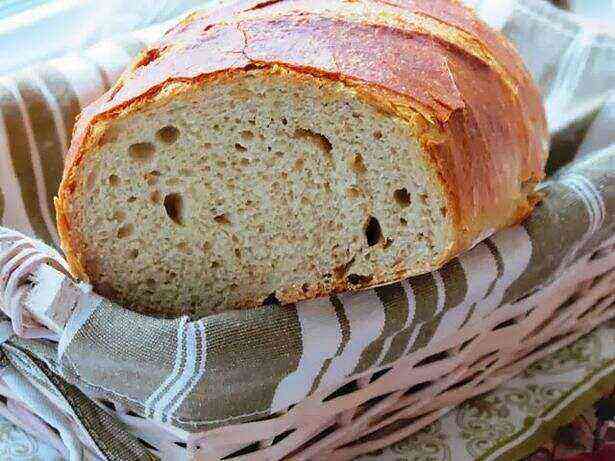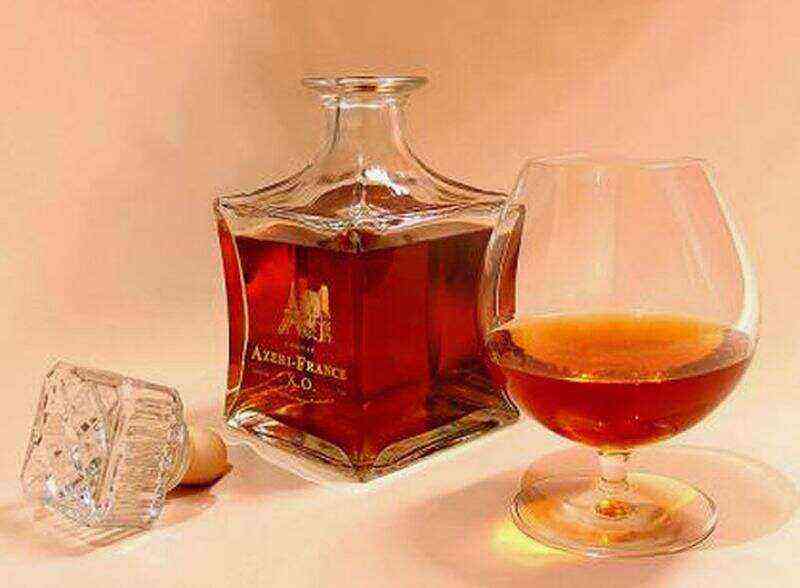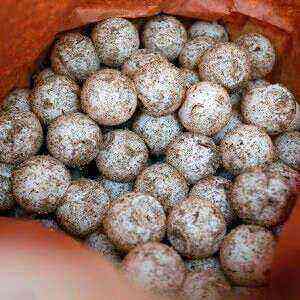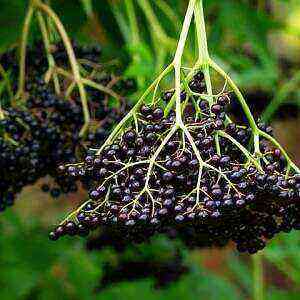
General characteristics
Elderberry is a plant with a trunk up to 7 meters long and up to 30 centimeters wide. Elderberry grows up to 60 years old. The crown of the plant is rounded, the leaves are large, up to 30 centimeters long. Flowers are yellow-white in color, with a pronounced fragrant odor, collected in bunches. Elderberry blooms from May to June, berries appear in August-September. Black elderberries are round berries, 5-7 millimeters in diameter, collected in bunches.
Wild elder in nature grows among other shrubs on the edges of forests, in parks, along the banks of rivers and reservoirs. Most often, the plant is found on the territory of Belarus, Ukraine, the Caucasus, the Baltic States and the southeast of Russia. It is also found in North and South America, Algeria, Tunisia in the Azores.
Elderberry is one of the unpretentious shrubs that grows well both in the shade and in sunny places. It is important to distinguish between black elderberry and red elderberry. Black elderberry is a medicinal plant, and red elderberry is one of the poisonous and dangerous plants for humans.
Dried inflorescences and fruits of black elderberry are used as medicinal raw materials. Less commonly, roots, bark and branches are used as medicinal raw materials.
Chemical composition and calorific value
The chemical composition of elderberry contains many substances. The flowers of the plant contain flavonoids, glycosides, essential oil, carotene, organic acids (acetic, malic, ascorbic, valerian, coffee, chlorogenic), tannins, sugars, mineral salts and resins. Elderberry fruits include ascorbic and acetic acids, carotene, fructose, glucose, amino acids, resins, pectins, tannins, vitamins C and P. Leaves and green fruits contain the poisonous glycoside sambunigrin. Dry leaves contain provitamin A1. The roots of the plant contain tannins and saponins.

The calorie content of black elderberry is 73 kcal. Nutritional value per 100 grams of fruit contains:
Useful Properties
In ancient times, villagers actively used black elderberry in their diet. Young shoots of elderberry were added to spring salads. After fermentation, the juice of the berries was used to obtain a strong tincture. The flowers of the plant were added to white grape wine to add a nutmeg flavor. Also, berry juice served as a dye for alcoholic beverages. Fresh flowers were added to water with lemon juice and a refreshing drink was prepared.
Traditional medicine uses the fruits, flowers, leaves and bark of the black elderberry. Fresh and dried elderberries have useful properties that are successfully used in the treatment of peptic ulcer disease, hepatitis, as well as for their prevention. Fresh fruits of the plant are very useful for diseases of the nervous system. Dried elderberries are used to treat malaria. According to medical research, it is believed that the healing properties of the plant are so enormous that it can be used as an additional remedy for stomach and skin cancer.
In the fight against stomach cancer, the patient needs to take jam from berries, and in the fight against skin cancer, it is recommended to squeeze and prepare the drug on wine.
Due to the presence of choline, essential oil, rutin, valerian, acetic and malic acids, the flowers of black elderberry are considered valuable healing agents. From the flowers of the plant, tinctures and decoctions are made for antibacterial and diaphoretic action. Therefore, it is recommended to use such infusions and decoctions during colds, sore throats or flu. For effective treatment, take one tablespoon of flowers and pour 200 grams of hot water and bring to a boil. Then they cool and drink half a glass warm before eating. This decoction is useful in treating gout, rheumatism, and arthritis.
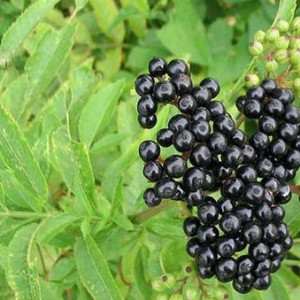
Elderberry bark also has healing properties in the fight against skin and kidney diseases. For treatment, a decoction is prepared from the bark of the plant, which is added to baths or used as lotions in the treatment of gout, arthritis and rheumatism.
When metabolism is improved, a decoction from the whole plant is used. Tinctures from dried fruits in a ratio of 1: 10 stimulate the secretion of bile and urine output, as well as improve bowel function. Elderberry jams and jelly are useful for the body. It is only recommended to prepare them without sugar.
In folk cosmetology, flowers are used to make lotions for the skin of the face. They perfectly tone the skin and give it freshness and youthful appearance.
Harm and contraindications
Elderberry has some chemical characteristics that can be harmful to people prone to certain diseases. First of all, the red elderberry is very dangerous to human health. When touching the berries of a red elderberry, it is imperative to wash your hands with soap and water, and in case of contact with mucous membranes or cuts, you should immediately consult a doctor. It is not always possible to distinguish between red and black elderberries. This is possible only during the ripening period of the berries. Therefore, it is necessary to know exactly what species the plant belongs to when collecting flowers, leaves and bark.
The fruit is not recommended to be taken during pregnancy, ulcerative colitis and diabetes insipidus. The fruits of the plant are especially contraindicated in Crohn’s disease. The use of elderberry has a negative effect in chronic diseases of the stomach, as well as in case of individual intolerance to the body. It is also not recommended for children under 12 years of age.
Excessive consumption of black elderberry can lead to nausea, vomiting and poor health.
Collection and storage
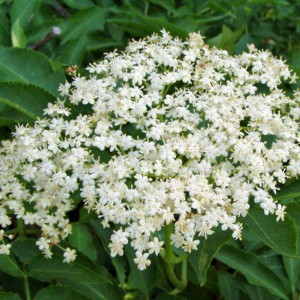
The fruits begin to be harvested at the end of summer. You cannot pick unripe berries, they are poisonous. The berries are harvested in a similar way. They are dried at a temperature of 60 ° C, after which the stalks are separated. The berries taste tart with a pronounced odor. The shelf life of fruits is 6 months in an airtight container. If the berries are necessary for making jam, preserves or confiture, then they do not need to be dried. Fresh berries are suitable for use within 2 days. It is recommended to prepare juice from berries in a juicer or slow cooker, as in them the fruits remain intact, and the juice does not give bitterness. After preparing the juice, the berries are wiped and decanted, and a useful jam is cooked from the resulting pulp.
The collection of roots begins in late autumn. After collecting them, they are dried and ground into powder. The roots are stored for up to 5 years in a sealed package. The bark of the plant is harvested from a two-year-old shrub in the spring before budding. The bark is dried at temperatures up to 70 ° C, stored for up to 3 years.
The elderberry is stored in a dry and well-ventilated place. From time to time it is necessary to sort out the workpieces, spoiled raw materials must be thrown away.
Application in medicine
In medicine, elderberry is used as a tonic, analgesic, antipyretic, antiviral and anthelmintic. Also, elderberry-based preparations help with the following problems:
Decoctions and tinctures are drunk for viral diseases, and for inflammation of the oral mucosa, they are used for rinsing. For gynecological diseases, baths are made based on decoctions. The fruits of the plant are successfully used in the treatment of mastopathy and prostate adenoma. Scientists have proven that fruits remove salts of heavy metals and radionuclides from the body. Berries are added to slimming teas.
The leaves are used externally as a lotion for diseases of the skin, joints, tumors. Young buds and leaves are boiled in milk and used as an application for burns, inflammations, diaper rash and hemorrhoids.
Preparations from the bark of the plant are used as an emetic, laxative and diuretic for obesity, gout, tumors, pneumonia and toothache. The action of the bark preparation is selective and does not affect blood pressure. Elderberry bark baths help with rashes, abscesses, rheumatism and burns. Effectively sprinkle with powder based on the bark and roots of the plant, poorly healing wounds and weeping ulcers.
Recipes of traditional medicine
Black elderberry tincture in the treatment of diabetes
- 1 tablespoon of dried berries;
- 200 grams of boiling water.
Pour boiling water over the berries and leave for 20 minutes. Take 50 ml after meals.
Black elderberry tincture as a laxative
- 1 teaspoon dried fruit
- 200 grams of boiling water.
Pour boiling water over the berries and leave for 15-20 minutes. Take 2-3 times.
Black elderberry tincture in the treatment of colds
- 15 grams of dried fruit;
- 200 grams of boiling water.
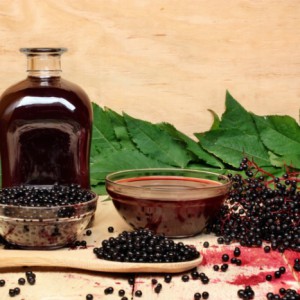
Black elderberry tincture in the treatment of constipation
- 10 grams of dried fruit;
- 200 grams of boiled water.
Pour the berries with chilled boiled water, leave for 2 hours and strain. Take 200 ml once a day.
Black elderberry leaf decoction
- 1 tablespoon of leaves;
- 200 grams of boiled water.
Pour the leaves with water and boil for 5 minutes. Then leave to cool. Drink a tablespoon three times a day for diabetes, gout, rheumatism and edema.
Elderberry juice in the treatment of tumors
Fresh black berries are placed in a three-liter jar 1,5-2 cm thick, sprinkled with sugar, then again a layer of berries 1,5-2 cm and so alternate until it is completely filled. Insist up to 30 days. Drink the resulting juice in a tablespoon after meals three times a day. 15 minutes before meals, drink 150 ml of distilled water.
Alcohol-based elderberry juice in the treatment of mastopathy
250 ml of juice is squeezed out of the berries of the plant and 250 ml of alcohol is added to it. Drink the resulting solution with milk three times a day, starting with one drop. Go to forty drops, then reduce daily to one drop.
Cooking application
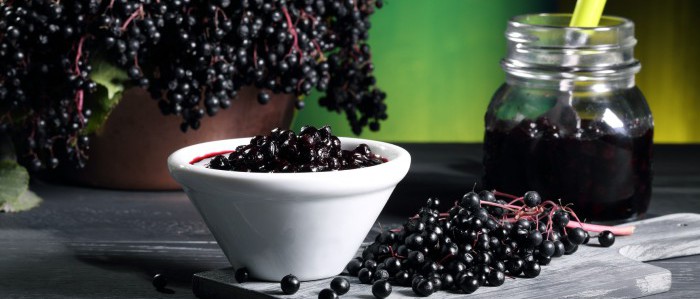
Sources of
- Yakhudin R., Karomatov I. D. – Medicinal herbs black elderberry, herbaceous elderberry // Biology and integrative medicine, 2016. No. 4. – P. 36–44.
- Maksyutina N.P. – Herbal medicines / N.P. Vasyutina, N.F. Komissarenko, A.P. Prokopenko, L.I. Pogodina, G.N. Lipkan. – K .: Zdorov’ya, 1985 .– 279 p.


